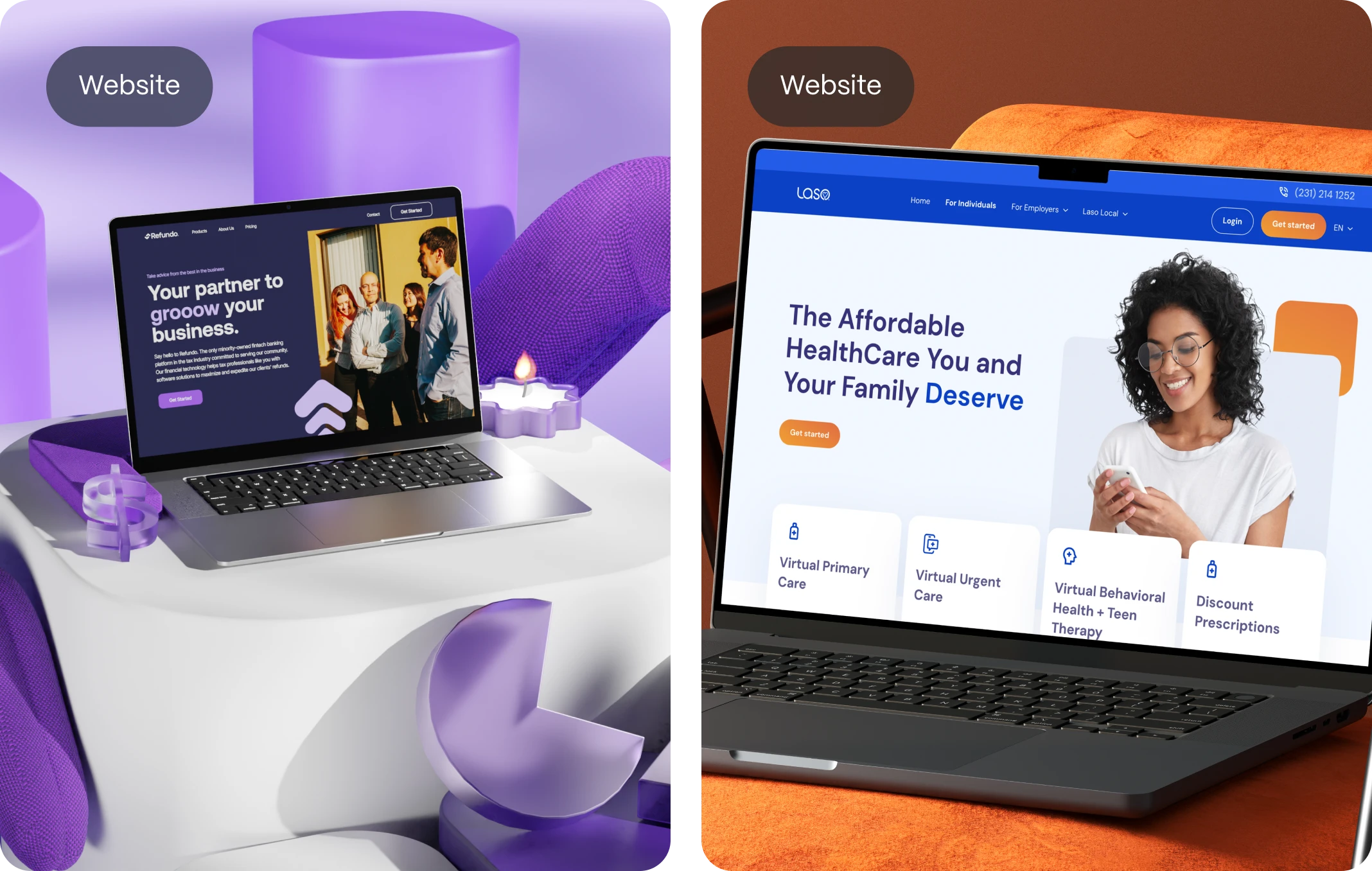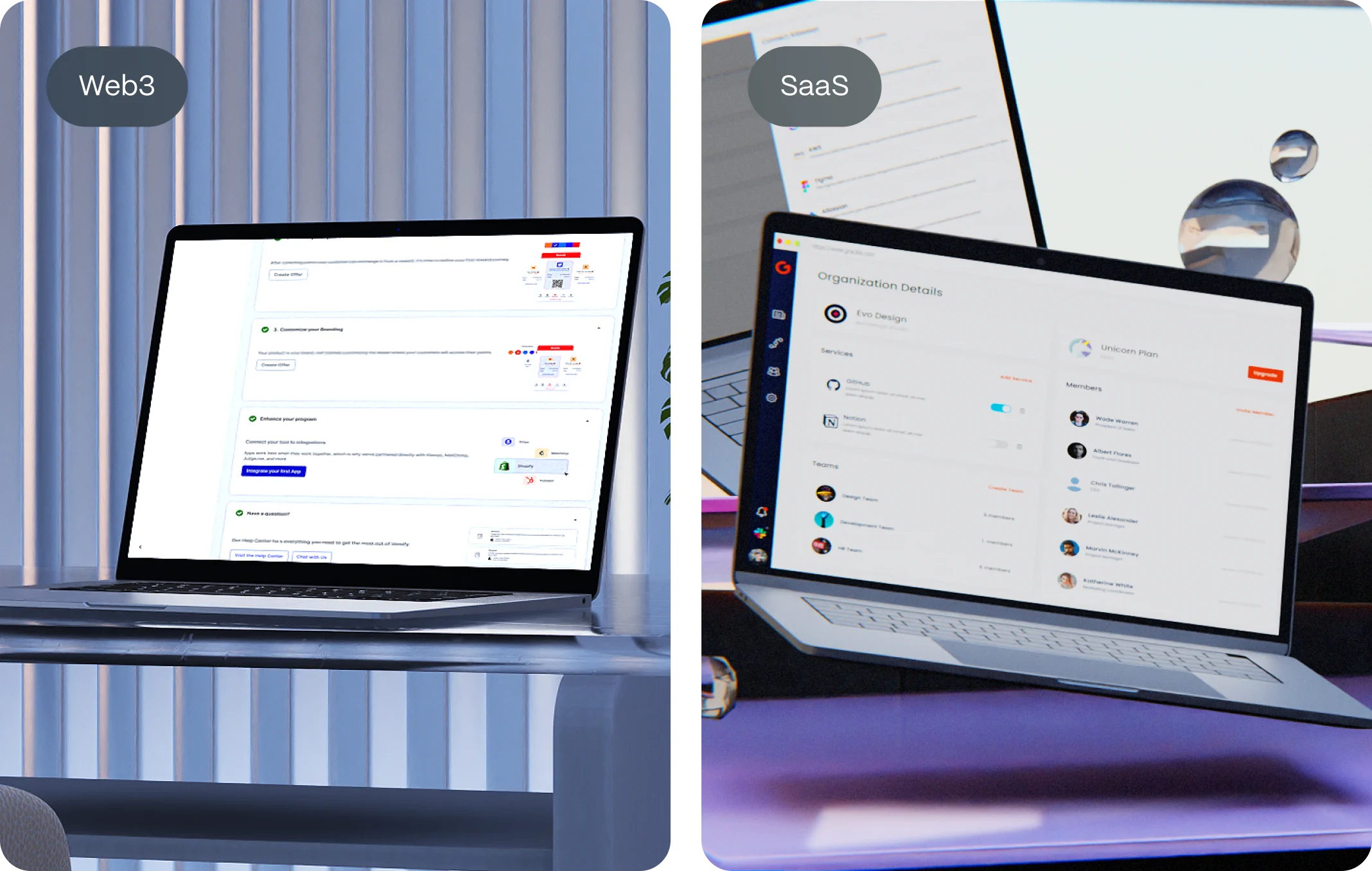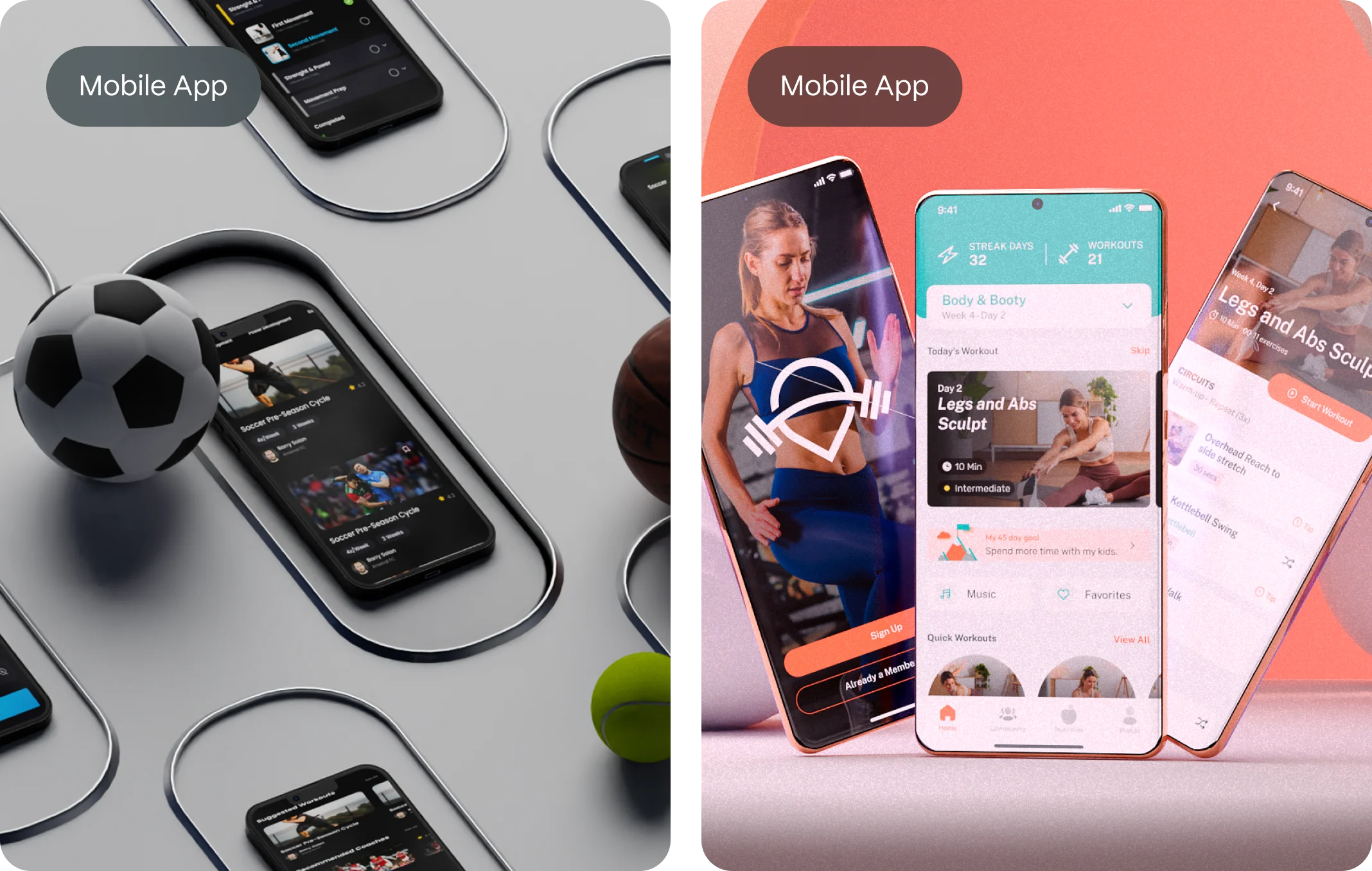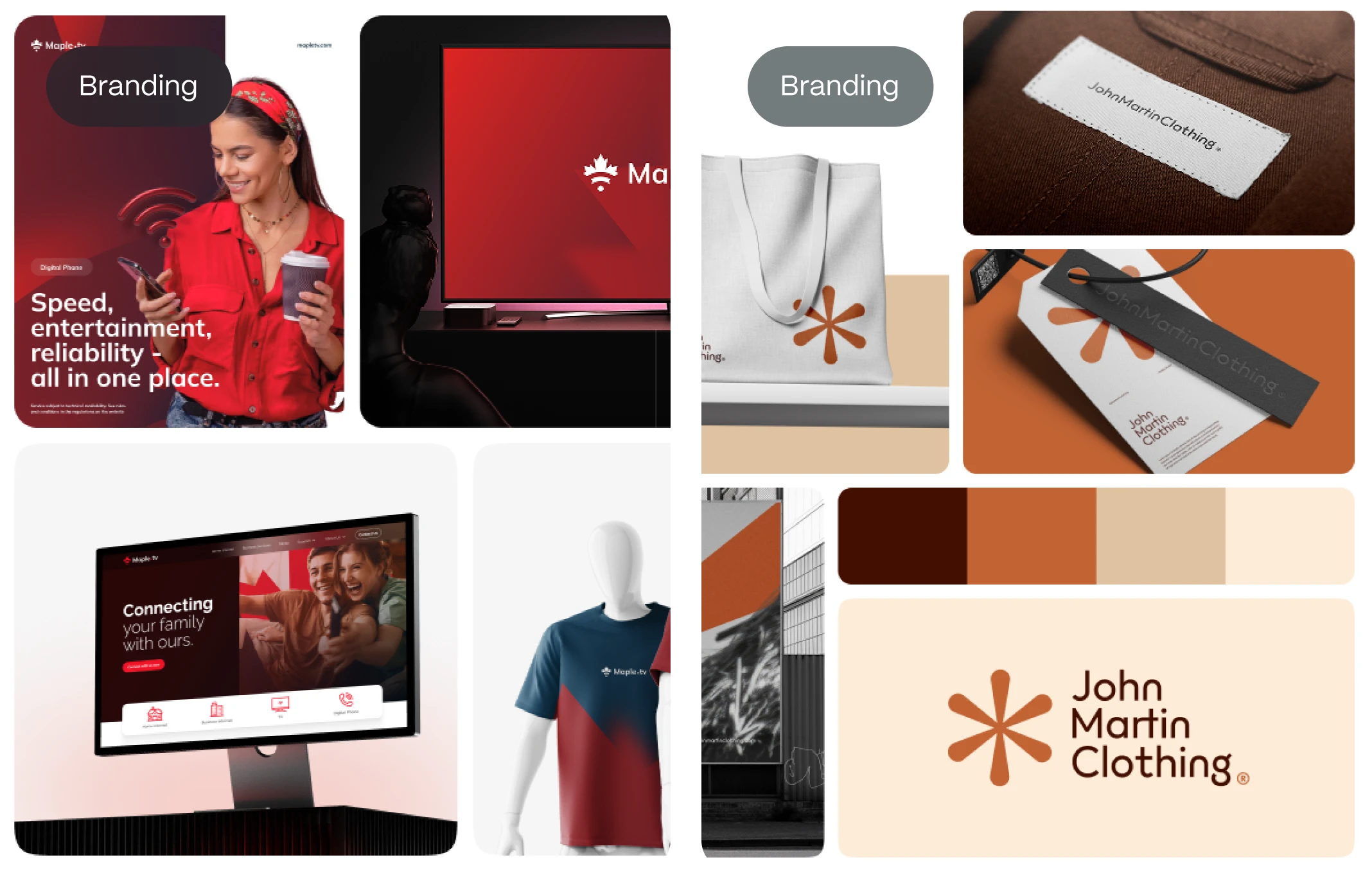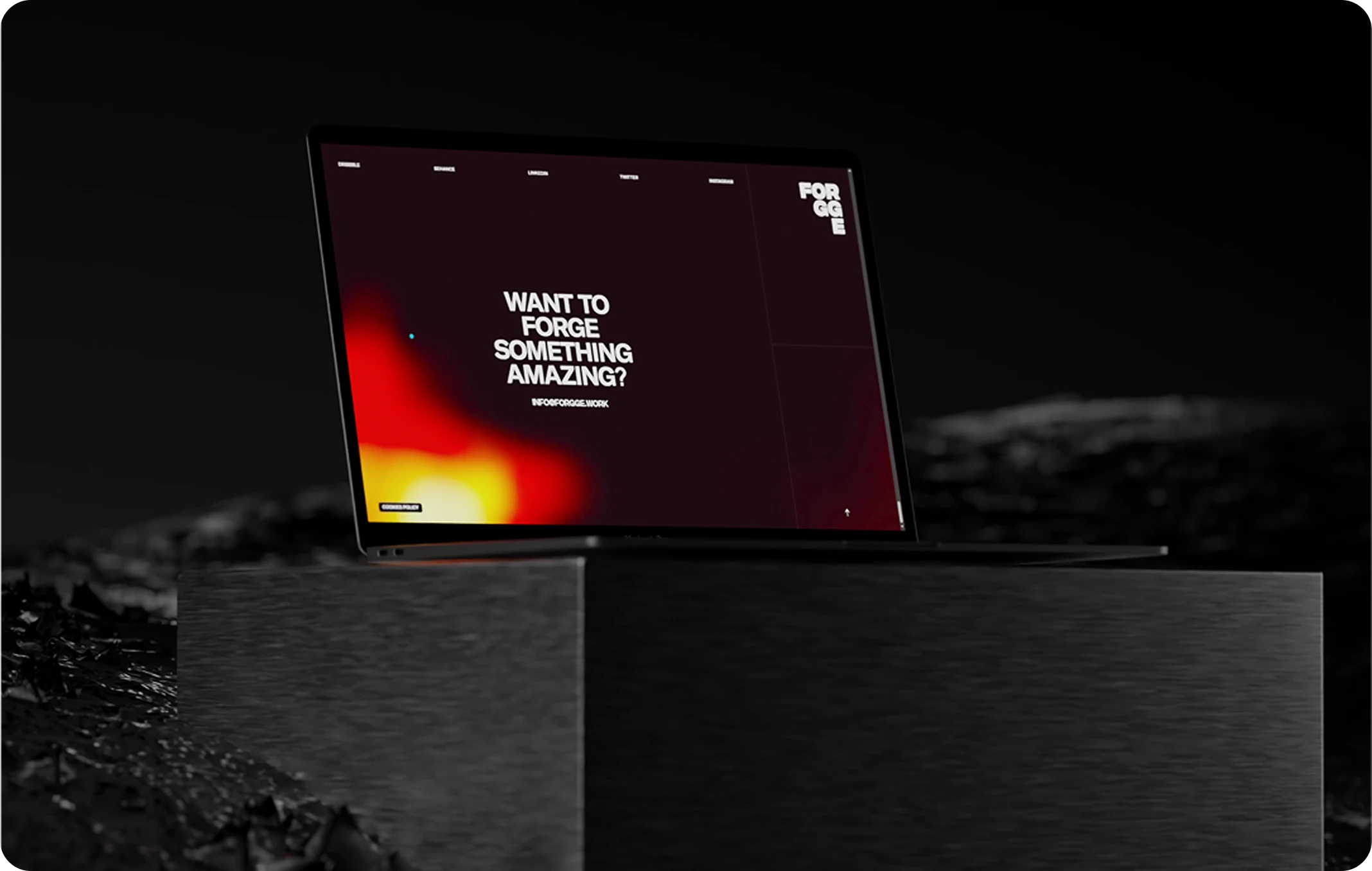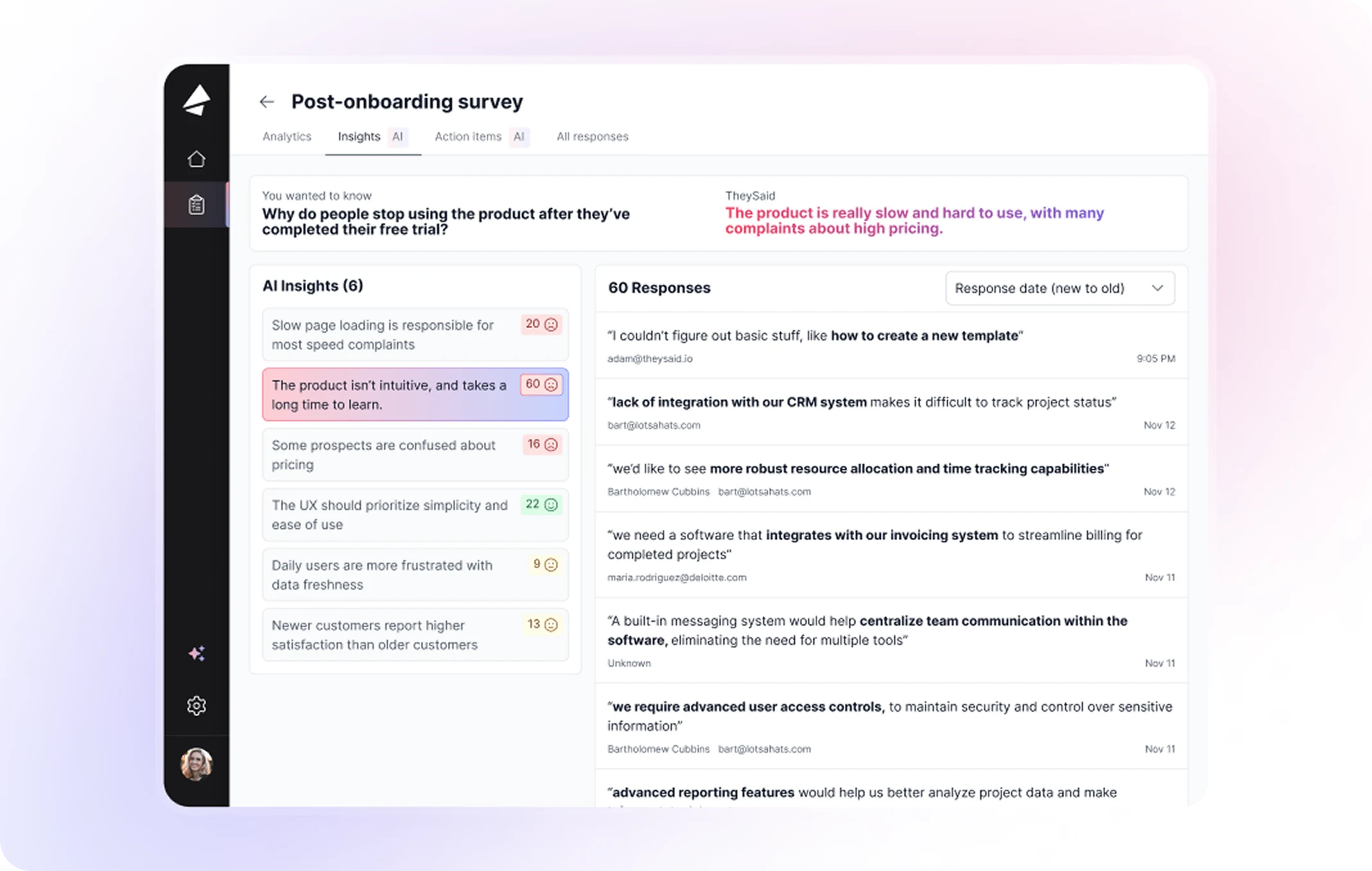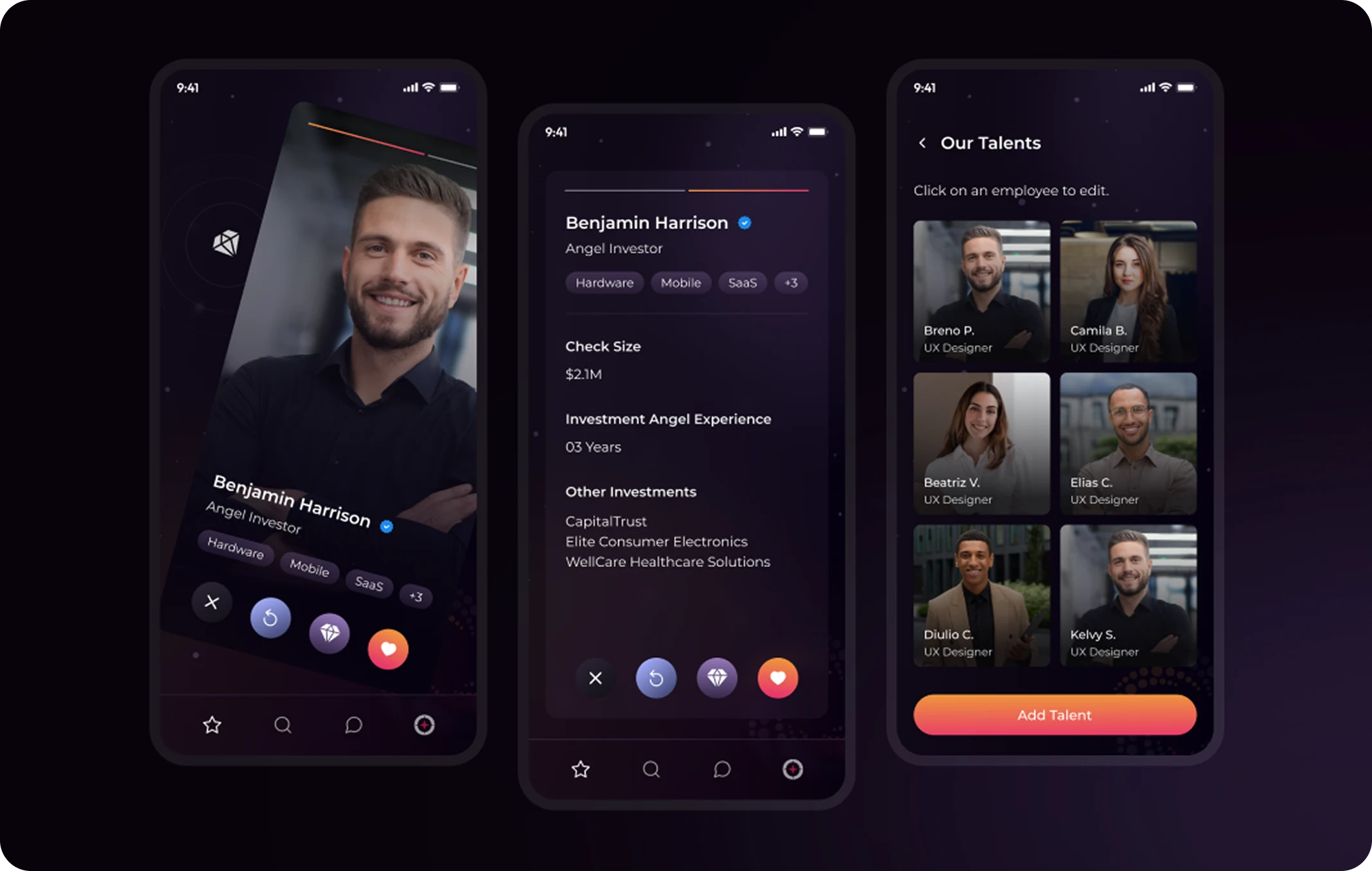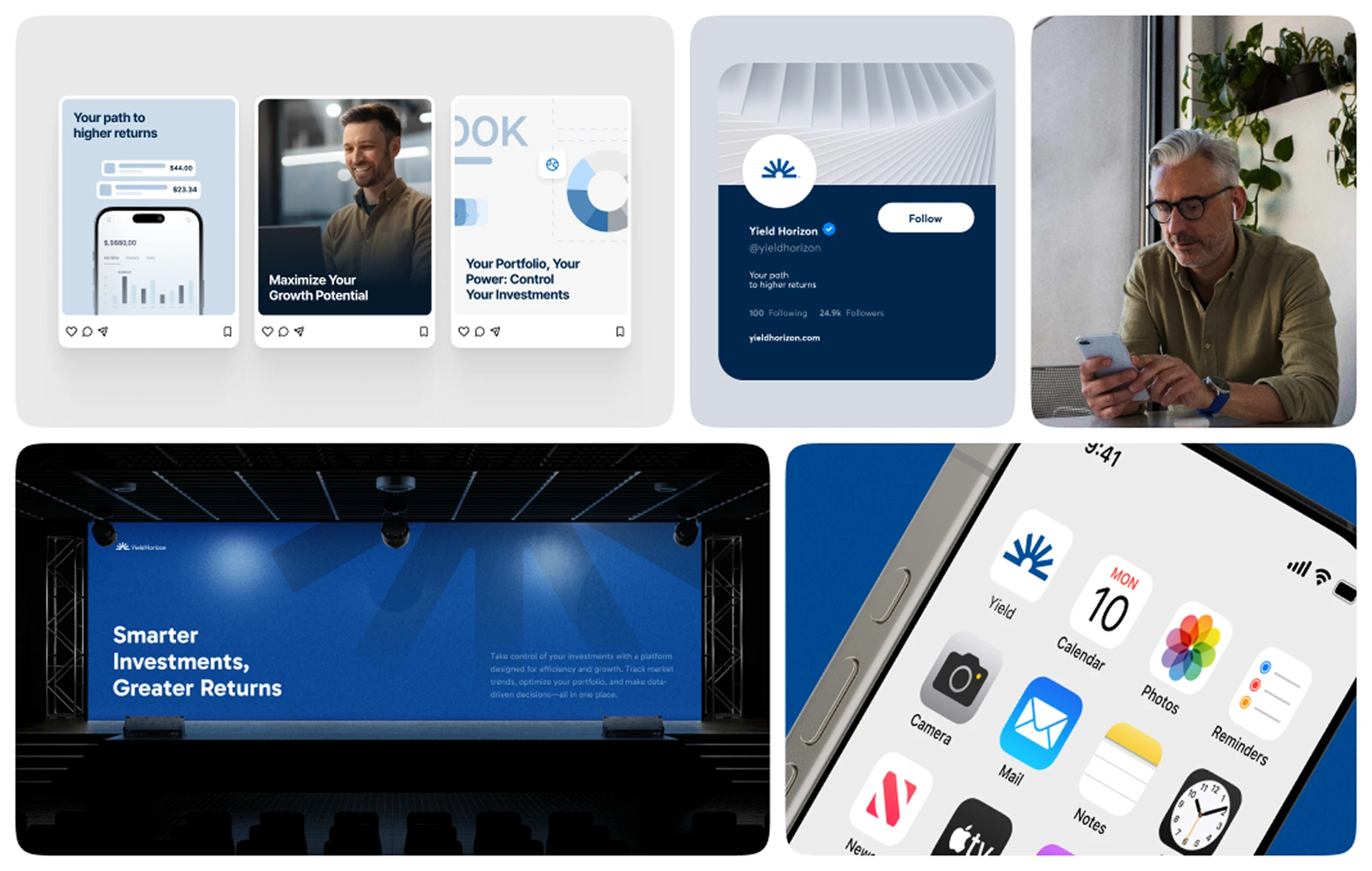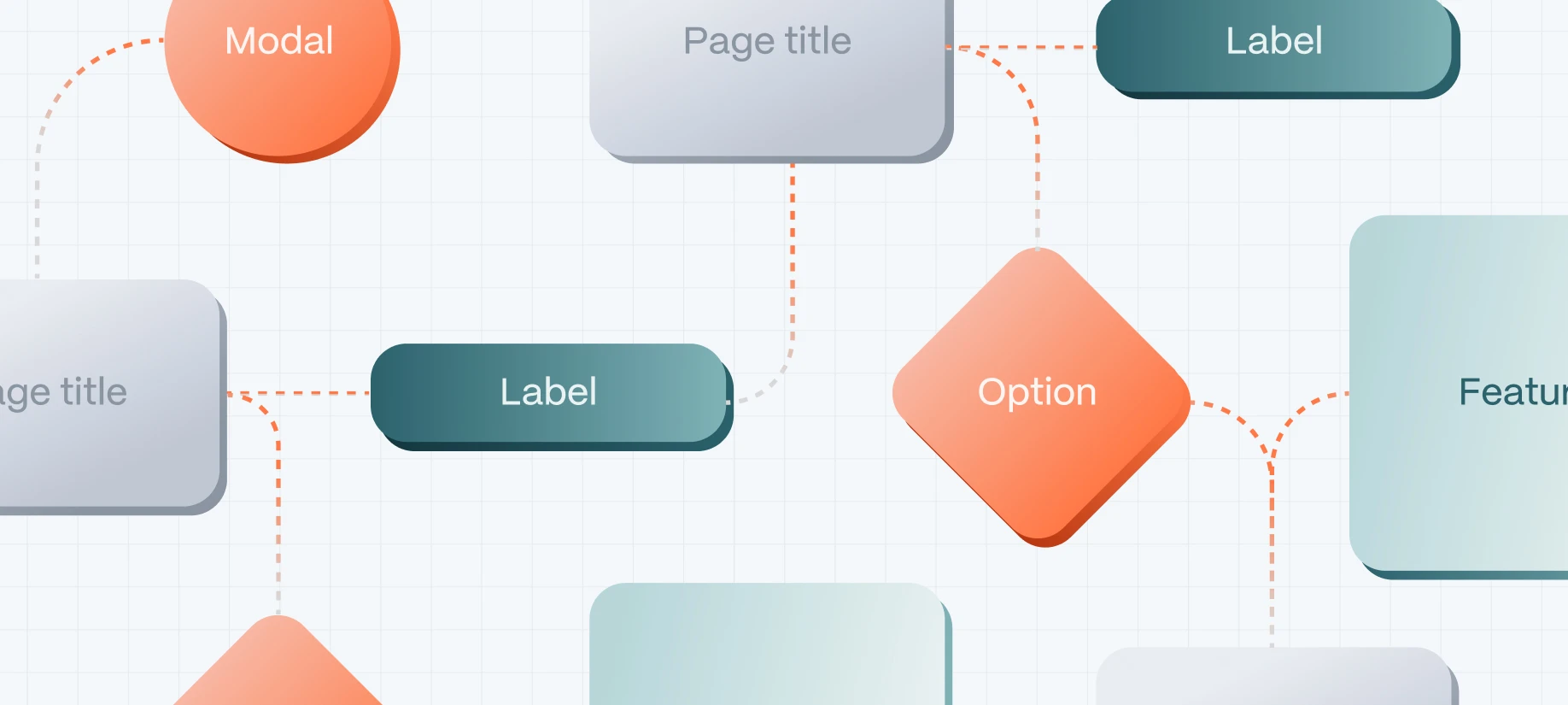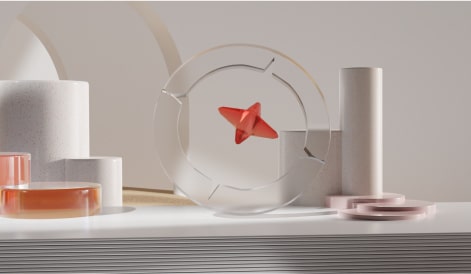In the dynamic world of digital products, understanding and optimizing the user’s journey is paramount. User flows serve as the blueprint for this journey, guiding users through a product seamlessly and efficiently. For startups aiming to establish a strong market presence and drive conversions, mastering user flows is not just beneficial—it’s essential.
What Are User Flows?
User flows are visual representations that map out the steps a user takes to accomplish a specific task within a product or service. They illustrate the path from the user’s entry point to the final action, such as making a purchase or signing up for a newsletter. By outlining each interaction, user flows help designers identify potential obstacles and streamline the user experience.
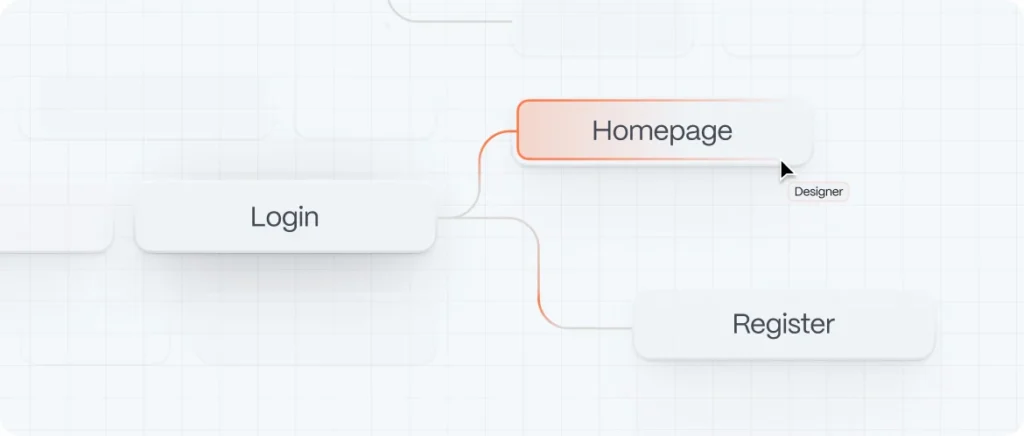
Why User Flows Matter in UX Design
User flows are integral to creating intuitive and user-centric designs. They offer several benefits:
- Enhanced Usability: By visualizing the user’s path, designers can simplify complex processes, making the product more accessible.
- Improved Conversion Rates: Streamlined user flows reduce friction, guiding users toward desired actions and increasing conversions.
- Efficient Design Process: User flows provide a clear framework, facilitating collaboration among design teams and stakeholders.
As highlighted by CareerFoundry, “User flows are a great tool for any designer’s toolbox as they can assist in evaluating the efficiency and simplicity of your creative design.”
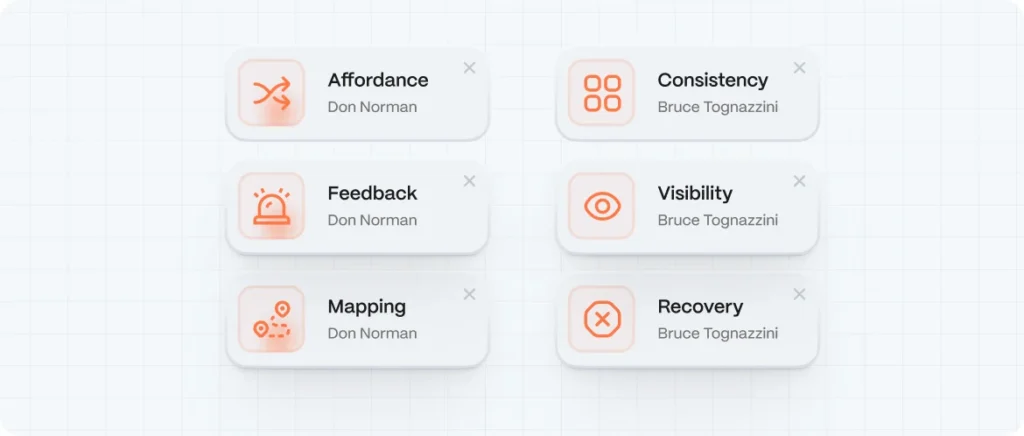
Leveraging UX Principles in User Flows
To create truly effective user flows, it’s crucial to incorporate established UX design principles. Here’s how to apply the wisdom of Don Norman and Bruce Tognazzini:
Incorporating Don Norman’s Principles
Don Norman, a pioneer in user-centered design, emphasizes the importance of intuitive and discoverable interfaces. His principles can be applied to user flows in the following ways:
- Affordances and Signifiers: Ensure that each step in the user flow clearly indicates the available actions.
- Feedback: Provide immediate and informative feedback after each user action to confirm successful progression.
- Mapping: Design the flow to mirror real-world processes, making it easier for users to predict outcomes.
By aligning user flows with these principles, designers can create more intuitive and satisfying user experiences.
Applying Bruce Tognazzini’s Guidelines
Bruce Tognazzini, another authority in UX design, offers principles that enhance user flows:
- Consistency: Maintain uniformity in design elements and interactions throughout the user flow.
- Visibility: Keep users informed about their current position within the flow and what steps remain.
- Error Prevention and Recovery: Design flows that minimize the chance of errors and provide clear paths to recover from them.
Implementing these guidelines ensures that user flows are not only efficient but also user-friendly and resilient.
Creating Effective User Flows: A Step-by-Step Guide
Here’s a practical guide to building user flows that drive results:
- Define User Goals: Understand what the user aims to achieve and the tasks involved.
- Identify Entry Points: Determine where users begin their journey, such as a homepage or landing page.
- Map Out Steps: Outline each action the user must take to reach their goal, including decisions and potential branches.
- Design for Clarity: Use clear labels and intuitive navigation to guide users through the flow.
- Test and Iterate: Conduct usability testing to identify pain points and refine the flow accordingly.
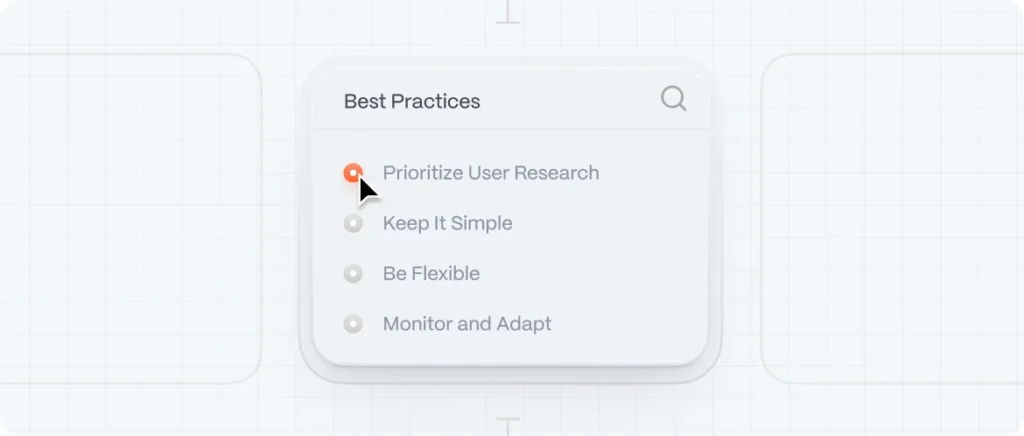
Best Practices for Startups
Startups can maximize the impact of user flows by following these best practices:
- Prioritize User Research: Gather insights into user research behavior and preferences to inform the user flow design.
- Keep It Simple: Avoid overcomplicating the flow; simplicity enhances usability.
- Be Flexible: Design flows that accommodate different user paths and preferences.
- Monitor and Adapt: Continuously analyze user interactions and update flows to improve performance.

